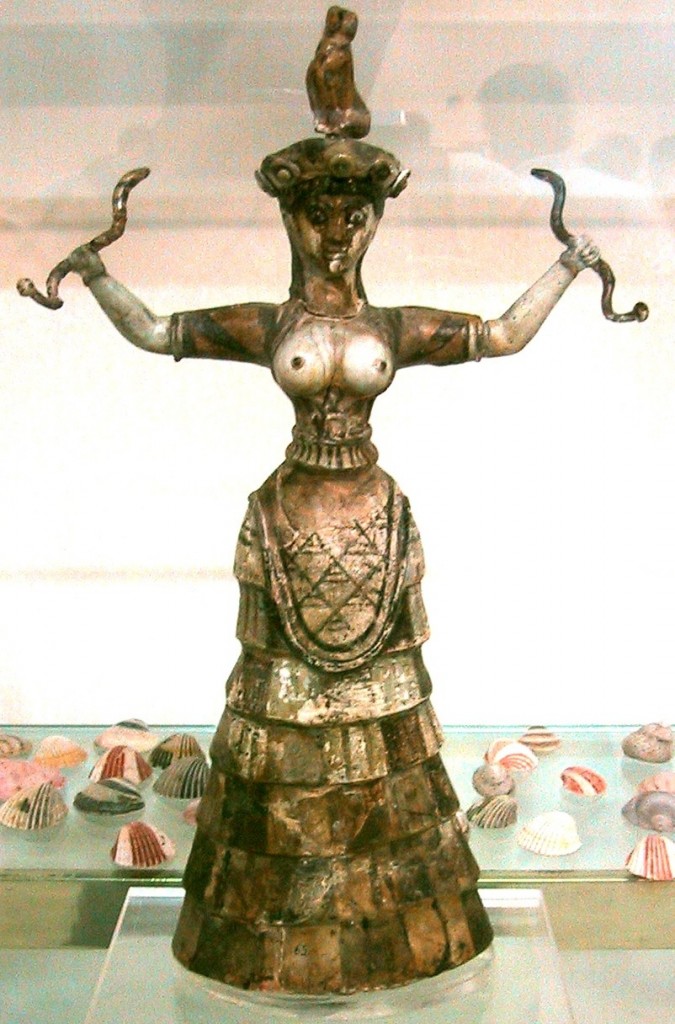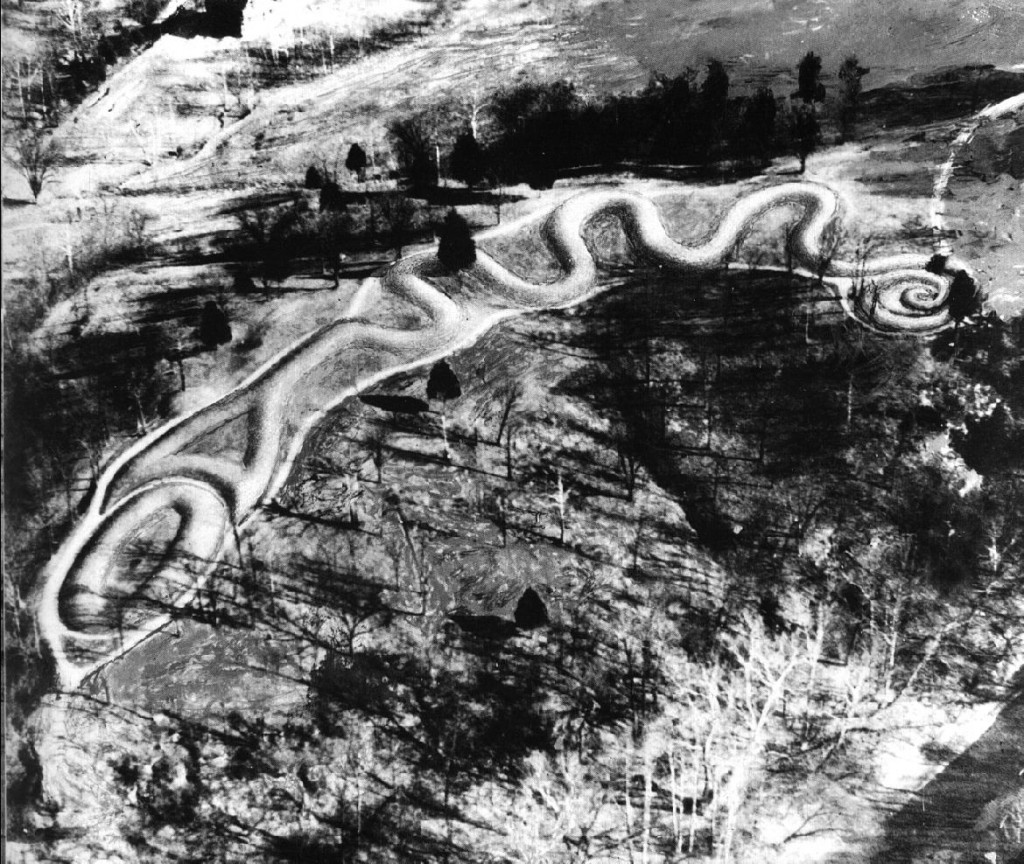
On October 12, 1964, Mary Pinchot Meyer was murdered on the canal towpath in Georgetown. A divorced artist from a prominent family, Meyer was known by insiders to have been President John F. Kennedy’s senior female consort during his White House years, though the story never leaked to the public.
Her murder and the ensuing trial of Raymond Crump, Jr., an African-American laborer found by the police in the vicinity of the murder, drew a good deal of attention at the time. Crump had been identified by a gas station attendant helping start a car on a road overlooking the canal. Hearing cries of “Somebody help me. Somebody help me” and two shots, the attendant ran to look.
Tags: American history, assassination, conspiracy theories, John F. Kennedy, KGB, Mary Meyer
 Sometimes a storyteller misses the real meaning of the story.
Sometimes a storyteller misses the real meaning of the story.
By all accounts, the Cuban Missile Crisis was the most dangerous episode of the Cold War. The United States and the Soviet Union came frighteningly close to launching nuclear attacks at each other. Only fear, luck, and occasionally inspired negotiating moved them onto the path of resolving the crisis−via a humiliating Soviet withdrawal in the face of U.S. nuclear superiority.
Historians have identified many motives for the initial Soviet decision to place missiles in Cuba.
Tags: Allen Ginsberg, CIA, Cord Meyer, Cuban Missile Crisis, Fidel Castro, John F. Kennedy, KGB, LSD, Mary Meyer, Mary Pinchot Meyer, Nikita Khrushchev, Timothy Leary
 The failure of the US to fund Ukraine puts it at risk of a disastrous defeat at the hands of a merciless Russia. ChatGPT and I discussed several options for Ukraine in finding financing.
The failure of the US to fund Ukraine puts it at risk of a disastrous defeat at the hands of a merciless Russia. ChatGPT and I discussed several options for Ukraine in finding financing.
Tags: collateral, EIB, EU, frozen Russian assets, IMF, leading banks, lending, Russia-Ukraine War, Ukraine, US, WB
 If Congress rejects further U.S. military and financial support, the valiant Ukrainians and their democratic allies face a disastrous defeat.
If Congress rejects further U.S. military and financial support, the valiant Ukrainians and their democratic allies face a disastrous defeat.
To find other options, this writer brainstormed with Chat GPT. Our discussion led to a plan to form a U.S.- and EU-backed Coalition of the Willing, including Canada, the UK, Scandinavia, Germany, Poland, Baltic countries, and perhaps France as well as Japan, Korea, and Australia. While positioning troops, weapons, and materiel in Western Ukraine is not a realistic option at present, it might become a serious possibility if Russia advances and appears poised to conquer all of Ukraine. The U.S. would be a non-paying member that would supply intelligence, diplomacy, and coordination until such time as Congress might vote for funding.
Tags: American foreign policy, Biden, Coalition of the North, Congress, democratic alliance, EU, NATO, Putin, Russia, Russia-Ukraine War, Ukraine, Ukraine aid, US allies, Zelensky
 If neither the US nor the EU will fund Ukraine, ChatGPT and I discussed how American corporations could find it in their interest to collaborate deeply with Ukraine in the area of AI.
If neither the US nor the EU will fund Ukraine, ChatGPT and I discussed how American corporations could find it in their interest to collaborate deeply with Ukraine in the area of AI.
 Kenneth J. Dillon
Kenneth J. Dillon Would it make sense for Ukraine to seek outsourcing from US AI companies? As a replacement for Russian companies and individuals? Could this be done in an organized way, or simply ad hoc?
Tags: AI, cybersecurity, economic development, EU, Google, IT, Microsoft, Russia, Ukraine, US
 The famous Snake Goddess of ancient Crete has long attracted students of history and art. Elegant, risquée, enigmatic, she embodies the mystery and allure of Minoan civilization.
The famous Snake Goddess of ancient Crete has long attracted students of history and art. Elegant, risquée, enigmatic, she embodies the mystery and allure of Minoan civilization.
Tags: Ancient Greece, Ancient Near East, art, Astarte, crete, iconography, Ishtar, isis, minoan, Minoan snake goddess, planetary science, Velikovsky, venus


When Venus first appeared in the skies around 2525 BC, ancient peoples worldwide strove to come to terms with this brilliant and awesome new comet-planet (the best account is in Immanuel Velikovsky, Worlds in Collision, though it has been corrected in a Revised Venus Theory). That meant assigning the deity a gender and a name.
In the Near East, they tried both genders. In its masculine incarnation, Venus became the Bull of Heaven (as Velikovsky pointed out, the comet-planet’s body blocked the sun’s rays from the central portion of its tail and thus it was seen as having two horns). In its feminine version, Venus was called Ishtar or Astarte; and in the Levant Astarte was depicted with serpents in her hands—the twin tails of the comet.
In Greece, according to Velikovsky, planet Venus was originally named Athena.
Tags: ancient history, Athena, Bull of Heaven, crete, etymology, Gilgamesh, Greece, Jupiter, Linear B, Master Impression, minoan, Minotaur, Mycenaean, mythology, Phoenicia, planetary science, Poseidon, science, Snake Goddess, Velikovsky, venus

411-meter long Great Serpent Mound in Ohio is the world’s longest effigy monument. Archaeological investigations have yielded conflicting results about its initial construction date, and various theories regarding its meaning have failed to gain traction. But a Revised Venus Theory–one that corrects Immanuel Velikovsky’s theory that the planet Venus was originally a comet that approached the Earth and caused great devastation–neatly matches key characteristics of the Great Serpent Mound.
Recently, this Revised Venus Theory has gained additional credibility from a commonsensical explanation of how a comet-like Venus could have seemed to emerge from Jupiter as in ancient Hindu and Greek myths (it was pulled from the outer solar system), including a simple, obvious reinterpretation of the Metis myth. Much new evidence has also emerged. And the theory has found powerful substantiation from a reinterpretation of the headdress of Queen Nefertari of Egypt, consort of Pharaoh Ramses II, in this image from Abu Simbel (Ramses II’s headdress appears to contain Mars with two moons and a tail, either borrowed from Venus in an encounter or from Martian dust stirred up by an encounter).
Tags: Ancient Egypt, Ancient North America, catastrophe, comet, iconography, planetary science, serpent mound, Velikovsky, venus
 With updates, from Kenneth J. Dillon, Intriguing Anomalies: An Introduction to Scientific Detective Work. Notes, bibliography, and images can be found in the original. For a brief overview, see Ten Key Points about Medicinal Bracelets. For his novel of discovery science, see Rosemarie (Washington, D.C.: Scientia Press, 2021).
With updates, from Kenneth J. Dillon, Intriguing Anomalies: An Introduction to Scientific Detective Work. Notes, bibliography, and images can be found in the original. For a brief overview, see Ten Key Points about Medicinal Bracelets. For his novel of discovery science, see Rosemarie (Washington, D.C.: Scientia Press, 2021).




 Given the blockage of funding from the US and EU, could Ukraine obtain stopgap financing from Big Tech corporations with interests at stake? ChatGPT and I discussed options.
Given the blockage of funding from the US and EU, could Ukraine obtain stopgap financing from Big Tech corporations with interests at stake? ChatGPT and I discussed options. If Congress rejects further U.S. military and financial support, the valiant Ukrainians and their democratic allies face a disastrous defeat.
If Congress rejects further U.S. military and financial support, the valiant Ukrainians and their democratic allies face a disastrous defeat.


